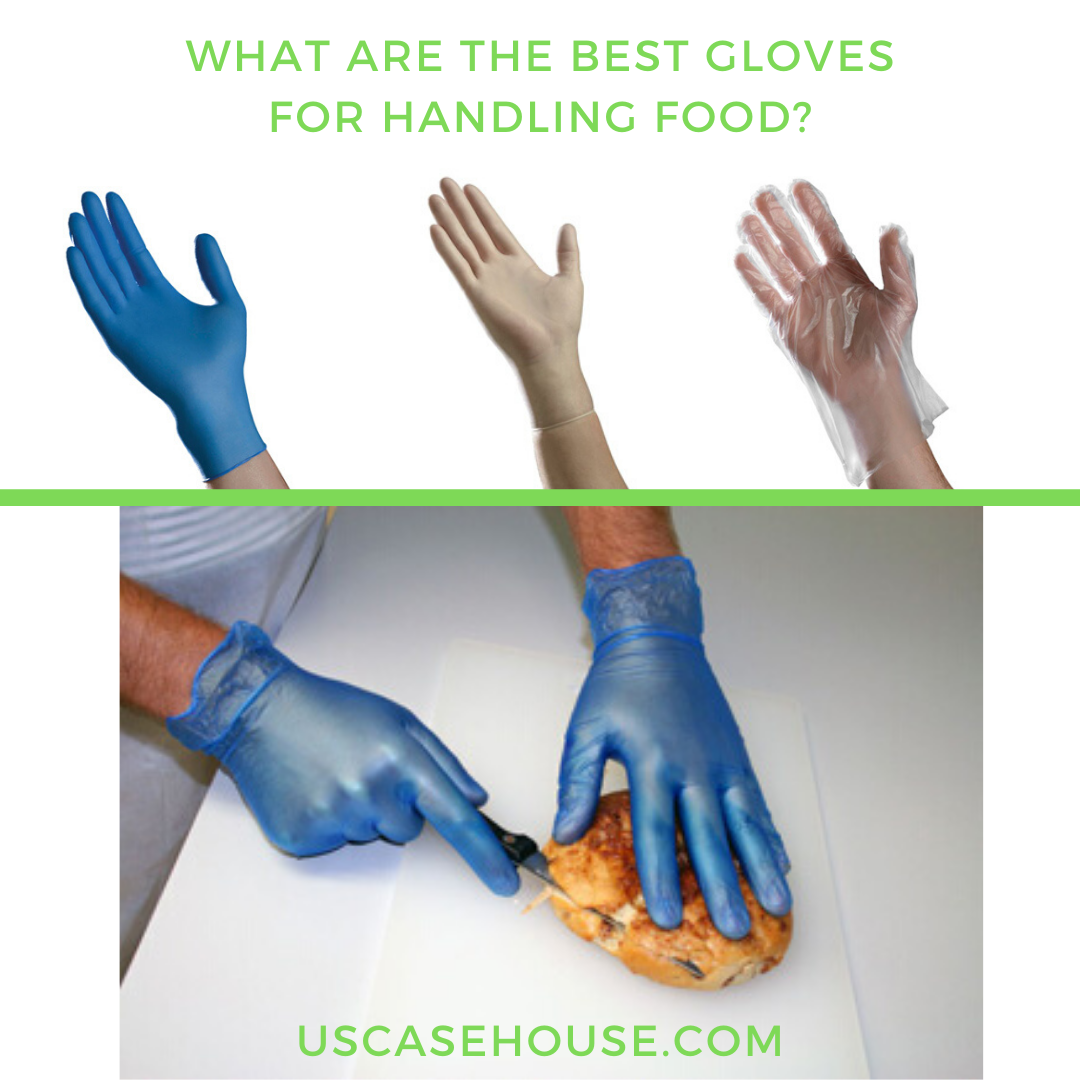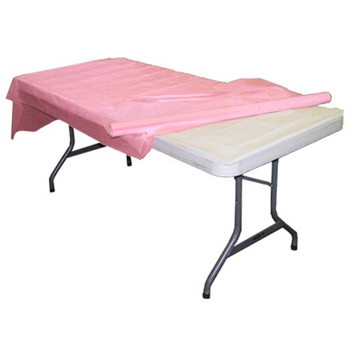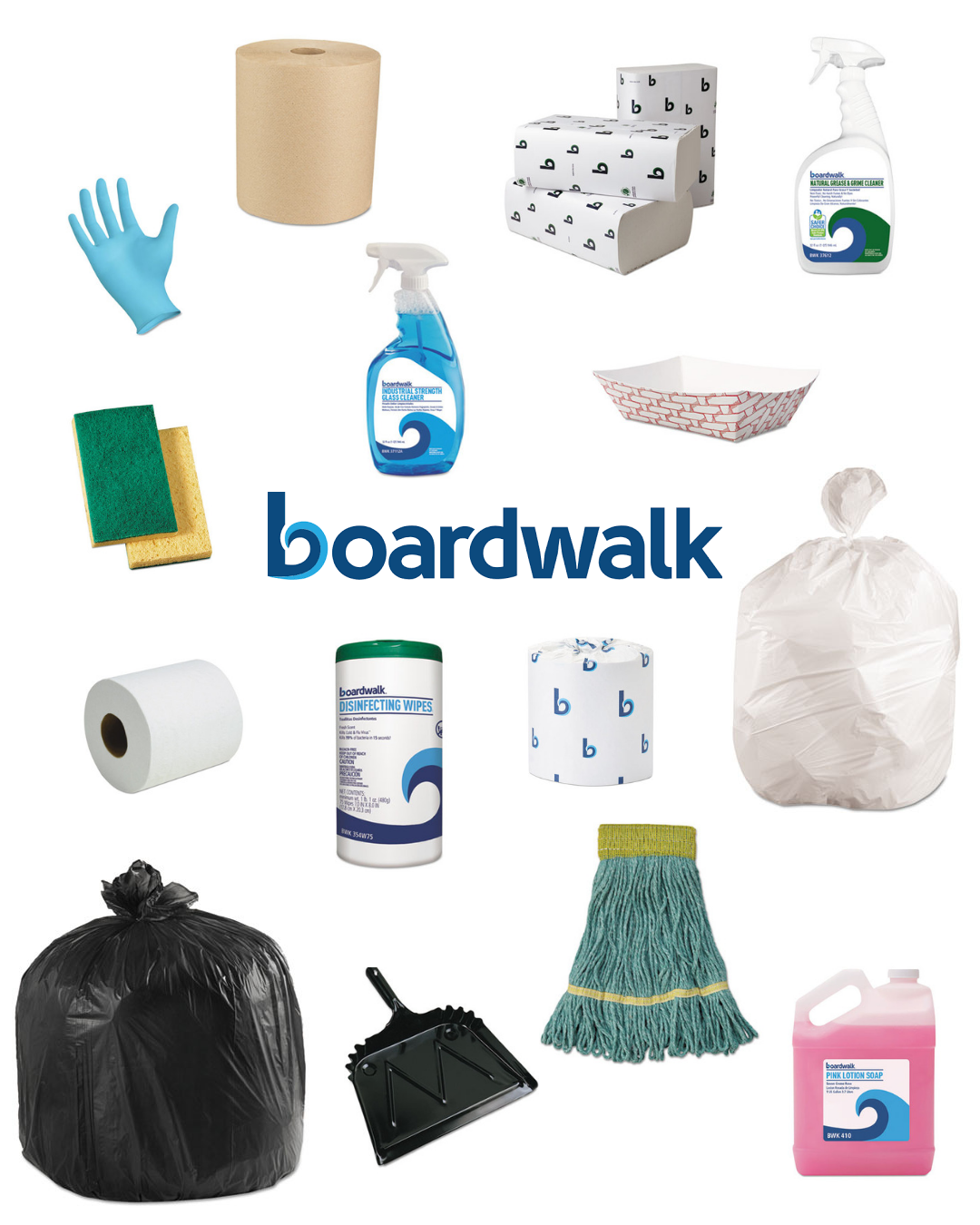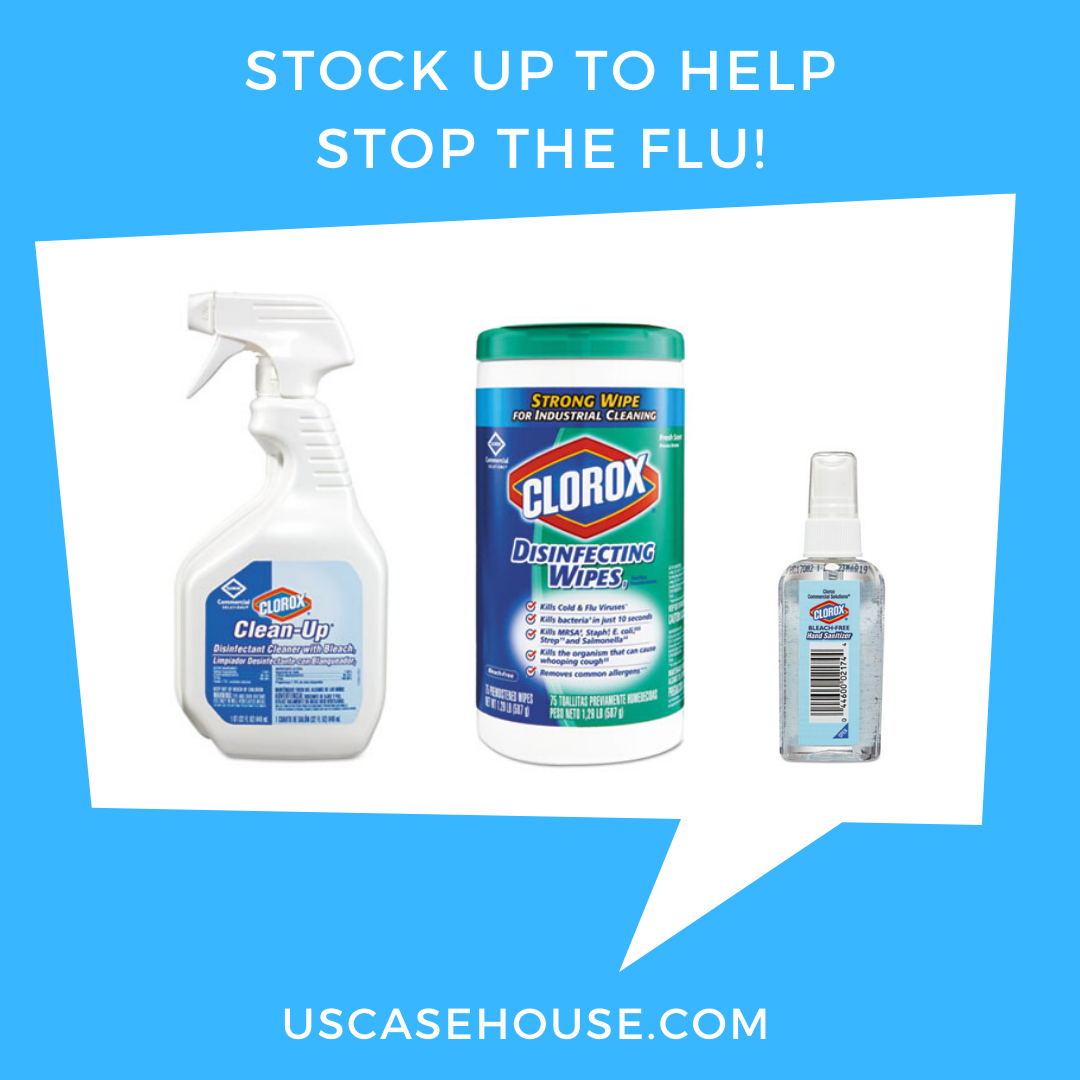
Disposable gloves are great to protect yourself while cooking delicious meals, whether it’s in a commercial kitchen or your own home. Choose from US Casehouse’s wide selection of food safe disposable gloves to find the right products for you.
Wearing disposable gloves will help save your skin from becoming dried out due to thoroughly washing your hands after each food prep task, because when you wear gloves during food handling and prep, all you have to do is change into a new pair of gloves!
Disposable latex, nitrile, or vinyl food safe gloves protect wearers from contaminants resulting from handling raw ingredients and uncooked food. Be sure to change your gloves after handling raw or uncooked food to minimize the risk of spreading the contaminants.
Disposable nitrile gloves are a favorite for many food prep situations, including handling raw and uncooked food and intricate tasks like slicing vegetables and other food items. Latex comes with allergy or sensitivity risks for some and for this reason is best to avoid in commercial food industry settings (you never know who might be allergic). Nitrile gloves are made of strong but thin material and provide a secure fit for protection without sacrificing dexterity while wearing the gloves. Of the disposable glove options, nitrile gloves are the most puncture-resistant and resistant to contaminants and chemicals commonly found in kitchens.
Disposable latex gloves are excellent for delicate food prep tasks (by users without allergies or sensitivities). They have a secure, tight fit that makes them perfect to wear when slicing vegetables or handling heavy dough and other food items. Powdered and powder-free options are available. Powdered latex gloves are easier to put on and more resistant to rips and tears, but powder-free gloves are ideal for restaurants and other foodservice environments because there’s no risk the powder will get in the food.
Disposable vinyl gloves typically feature a looser fit than nitrile and they’re usually better suited for serving food. Disposable vinyl gloves still provide enough protection against minor irritants, spreading germs, sticky stuff, and contamination when serving food. Perfect for cooking, counter tasks, dishwashing, and janitorial use. Vinyl gloves are good for short-term use and are more economical versus nitrile and latex gloves. Powdered and powder-free options are available. Powdered vinyl gloves are easier to put on and more resistant to rips and tears, but powder-free gloves are ideal for restaurants and other foodservice environments because there’s no risk the powder will get in the food.
Disposable poly gloves are excellent for light-duty foodservice prep tasks, like tossing salads, stacking sandwiches, or preparing certain snacks and appetizers. They feature a loose-fitting design that makes for quick and easy glove changes when needed.
With the right disposable gloves, you can make food prep a breeze and prevent spreading contamination and germs, promoting healthy food handling and serving.

















